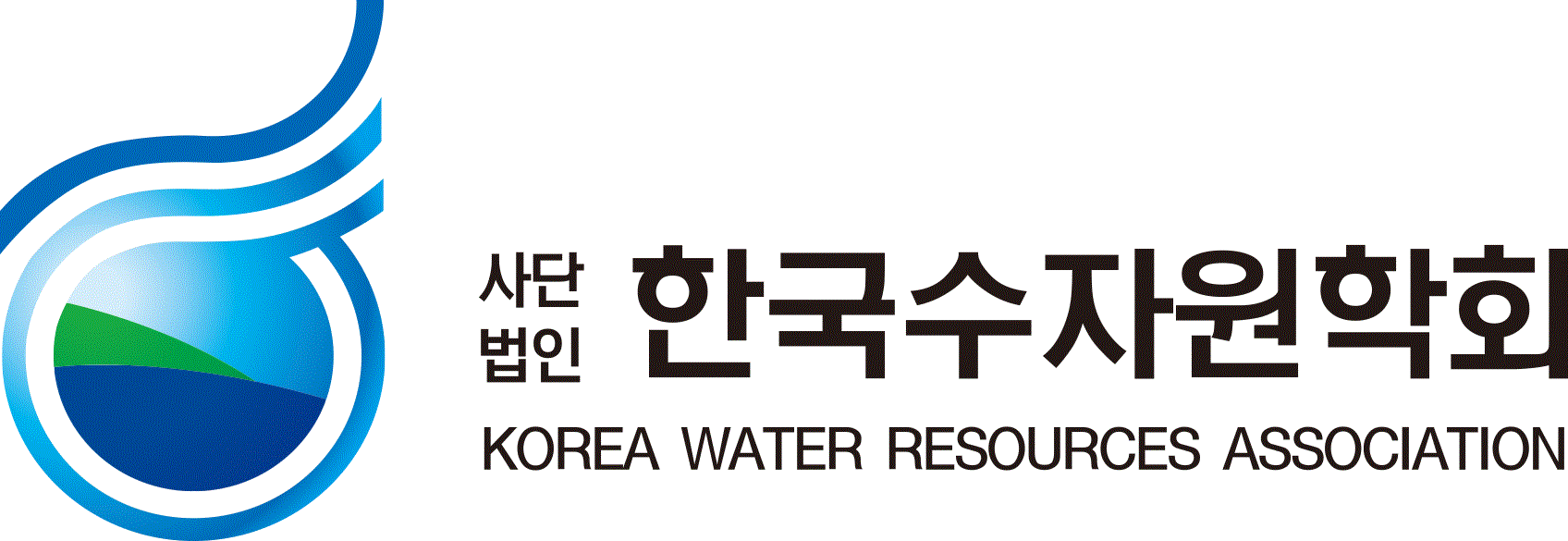- 홈
- 문헌정보
- 논문집
문헌정보
논문집
- 저자명
- 이승엽;정동휘
- 발행사
- 한국수자원학회
- 수록사항
- 한국수자원학회논문집, Vol.52 No.10(2019-10)
- 페이지
- 시작페이지(719)
- ISSN
- 1226-6280
Valve in water distribution network (WDN), that controls the flow in pipes, is used to isolate a segment (a part of WDN) under abnormal water supply conditions (e.g., pipe breakage, water quality failure event). The segment isolation degrades pressure and water serviceability in neighboring area during the water service outage of the segment. Recent hydraulic and water quality failure events reported encouraging WDN valve installation based on various abnormal water supply scenarios. This study introduces a scenario-based optimal valve installation approach to optimize the number of valves, the amount of undelivered water, and a shortest water supply path indicator (i.e., Hydraulic Geodesic Index). The proposed approach is demonstrated in the valve installation of Pescara network, and the optimal valve sets are obtained under multiple scenarios and compared to the existing valve set. Pressure-driven analysis (PDA) scheme is used for a network hydraulic simulation. The optimal valve set derived from the proposed method has 19 fewer valves than the existing valve set in the network and the amount of undelivered water was also lower for the optimal valve set. Reducing the reservoir head requires a greater number of valves to achieve the similar functionality of the WDN with the optimal valve set of the original reservoir head. This study also compared the results of demand-driven analysis (DDA) and the PDA and confirmed that the latter is required for optimal valve installation.



